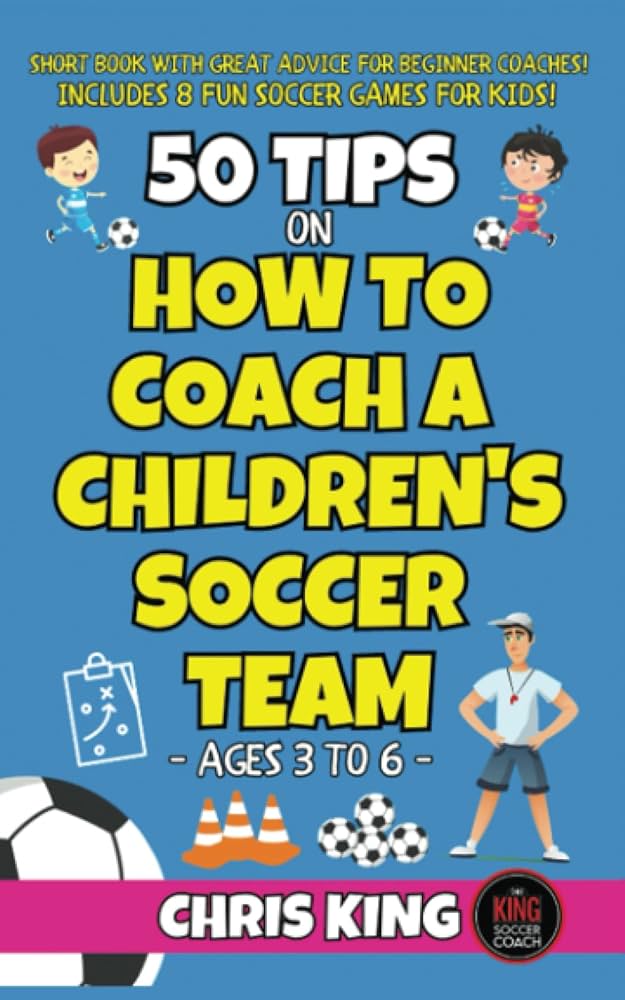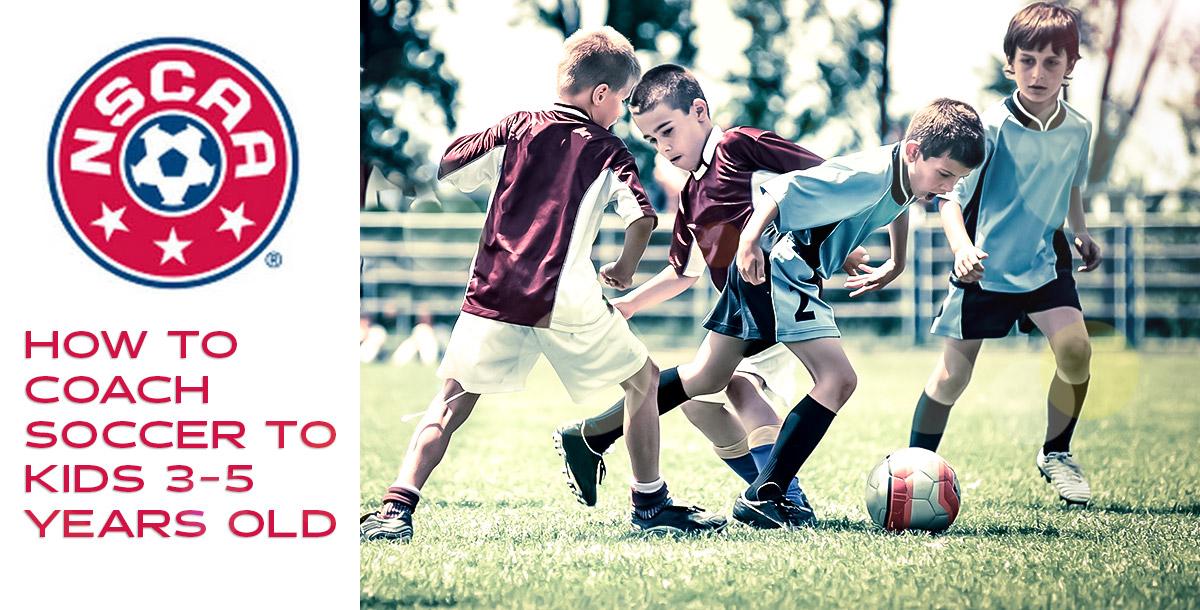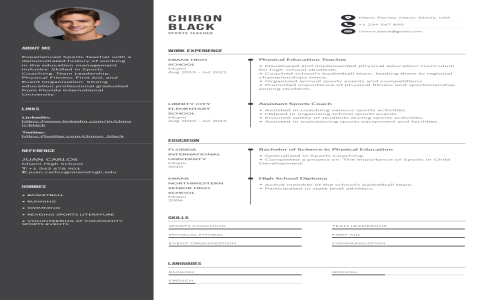Coaching kids soccer is less about tactics and more about creating an environment where 5- to 12-year-olds fall in love with the ball at their feet. Follow the steps below and you will walk off the field each day with smiling players—and a smile on your own face.
1. Start With the Right Mind-set
Your main job is facilitator, not drill sergeant. Praise effort before results, allow mistakes, and remember that 70 % of your players will forget the score within 30 minutes; they will never forget how you made them feel.

2. Plan 60-Minute “Micro-Blocks”
Break the hour into four 12-minute blocks plus water breaks:
A. Dynamic warm-up with a ball (animal walks, toe taps).
B. Skill theme of the day (dribbling, passing, shooting) disguised as tag or relay.
C. 3-v-3 or 4-v-4 small-sided game; no goalkeepers until U10.
D. Free “scrimmage” where you stay silent and let them solve problems.
3. Use the “Freeze-Replay” Teaching Tool
When you see a teachable moment, freeze play, ask one quick question (“Where is the open space?”), demonstrate the correct choice, then rewind 10 seconds and let them replay the same situation. Total stoppage: 20 seconds.
4. Keep Equipment Simple
Six cones, four pop-up goals, one ball per child. That’s it. Balls should be size 3 for U8 and under, size 4 for U9–U12.

5. Language: 7-Second Rule
Any instruction must fit into seven child-friendly words: “Touch, lift, eyes up, find the space.” Demonstrate more than you talk.
6. Rotate Positions Every 5 Minutes
Every child plays attack, midfield, and defense in a single session. This builds empathy and overall game IQ.
7. Parent Codes of Conduct
Send a one-page memo before Week 1: cheering is welcome, coaching from the touchline is not. Ask parents to volunteer as “sideline assistants” who fetch balls so you can keep coaching, not shagging.
8. Safety & Inclusion Checklist
– No heading until U12.
– Shin guards mandatory; jewelry off.
– Create a “buddy system” so shy kids pair with a teammate for arrival and departure.

9. End With a Mental Cool-Down
Two minutes of “rose & thorn”: each player shares one thing they loved (rose) and one thing they’ll work on (thorn). You finish by thanking them for their effort, never the outcome.
10. Season-Long Progression
Weeks 1–2: ball mastery.
Weeks 3–4: passing & receiving.
Weeks 5–6: attacking moves.
Weeks 7–8: small-group defending.
Weeks 9–10: World-Cup style festival—parents vs. kids, music, medals made of ribbon and cardboard.
Remember, the only score that matters at this age is the number of players who want to come back next season. Keep it fun, keep it fast, and the game will coach itself through their joy.














